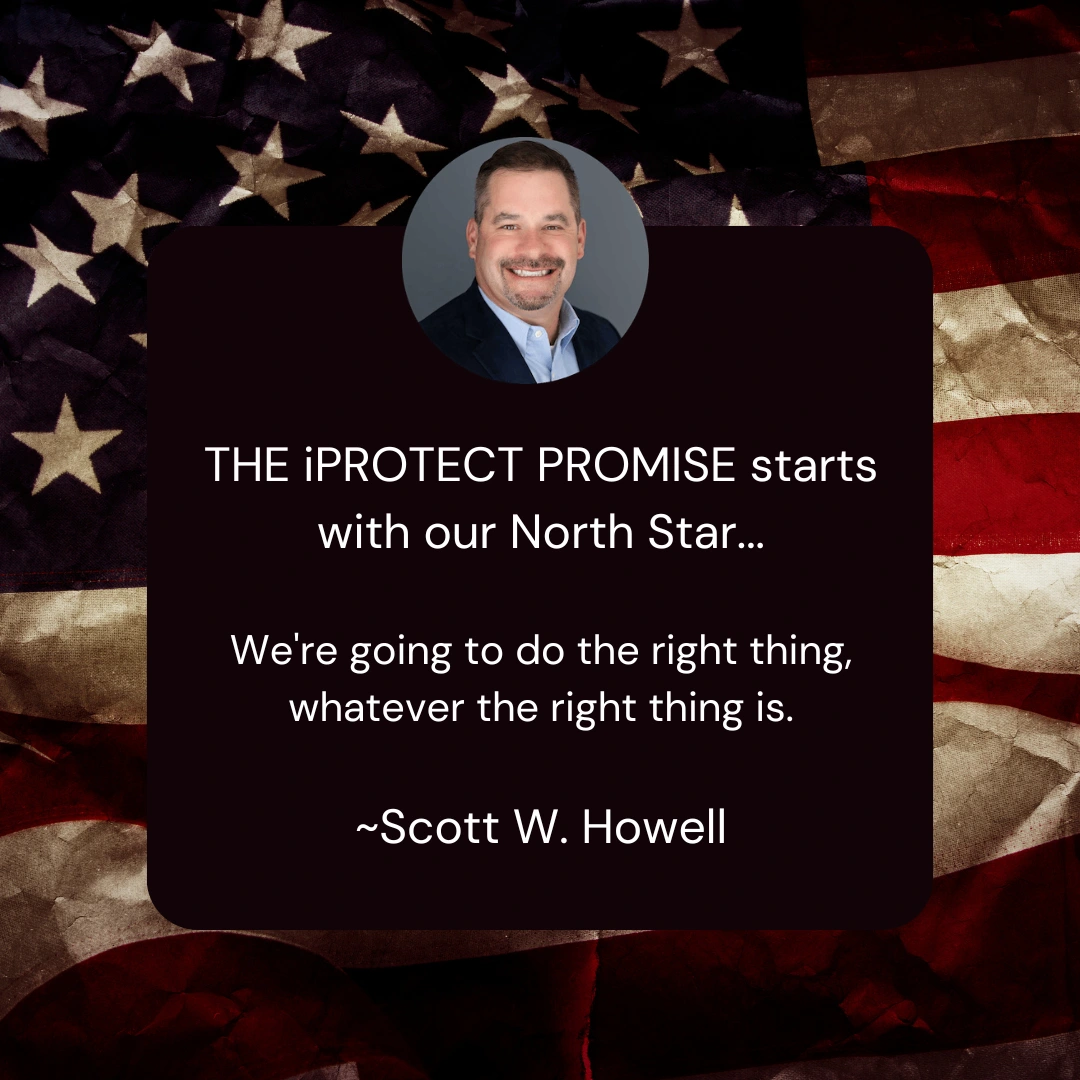


If you live in a wildfire-prone area, your yard could play a bigger role in your home’s safety—and your insurance rates—than you might think. Fire-resistant landscaping insurance is becoming an important factor for homeowners looking to reduce risk and cut costs. By designing your landscape with wildfire defense in mind, you’re not only protecting your property—you may also be helping lower your premiums.
In this post, we’ll explain what fire-resistant landscaping involves, why insurance providers pay attention to it, and how your choices outside the home could make a real difference when it’s time to review your coverage.
Fire-resistant landscaping is a design approach that helps slow or stop the spread of wildfire around your property. It focuses on using fire-resistant plants, non-combustible materials, and smart layout techniques to reduce fuel sources near the home. This concept plays a key role in fire-resistant landscaping insurance, as insurers look for proactive ways homeowners are minimizing fire risks.
Key features include:
By building your yard with these principles in mind, you’re adding a layer of protection that insurance companies may recognize during policy reviews.
As wildfires grow more frequent and destructive, insurance companies are paying closer attention to how properties are maintained—especially in high-risk zones. That’s where fire-resistant landscaping insurance becomes relevant. The way your yard is designed can influence how likely your home is to survive a fire, which in turn affects how your insurance provider evaluates your risk.
When your property includes features like defensible space, well-maintained vegetation, and non-flammable materials near the structure, insurers may view your home as a lower liability. Some carriers now offer discounts or incentives for homeowners who take these preventive steps. Others might require certain landscaping updates before issuing or renewing coverage in wildfire-prone areas.
Even small updates—like trimming trees away from the roofline or replacing mulch with gravel—can contribute to a stronger insurance profile. That means safety for your home, and potentially better rates when it comes to fire-resistant landscaping insurance.
If you’re thinking about updating your yard, a few smart changes can make your home more defensible—and might even lead to savings through fire-resistant landscaping insurance. Insurance companies often look for practical, visible efforts to reduce wildfire risk, and many of those begin with how you maintain the space around your home.
Here are some tips that can help:
These upgrades not only make your property more wildfire-ready—they also show insurers that you’re actively managing risk. And when it comes time to renew or shop for coverage, these improvements could help strengthen your position for better fire-resistant landscaping insurance rates.
Once you’ve made fire-smart updates to your yard, it’s worth reaching out to your insurance agent to see how those changes might affect your policy. Not all companies automatically adjust your rate, so bringing up fire-resistant landscaping insurance directly can help open the conversation.
Here are a few helpful questions to ask:
Before your call or meeting, take photos of your updates and keep receipts for any landscaping work or materials. Some insurers may also request a home inspection or ask you to complete a wildfire risk questionnaire.
Proactively talking about fire-resistant landscaping insurance can show you’re serious about protecting your home—and that kind of initiative may help when it’s time to review your premium or coverage options.
Making your yard more fire-resistant isn’t just about the potential insurance savings—it’s about protecting your home and everything in it. But when your efforts also lead to lower premiums through fire-resistant landscaping insurance, it’s a win on both fronts.
Taking time to update your landscaping with wildfire safety in mind sends a strong message to your insurance provider: you’re serious about reducing risk. And in today’s insurance market, where wildfire exposure can affect availability and cost, those updates can make a real difference.
Whether you’re starting small with ground cover changes or going bigger with a full defensible space plan, your yard has the potential to work in your favor. And when you talk to your home insurance agent about fire-resistant landscaping insurance, you may find that these outdoor improvements come with more benefits than you expected.